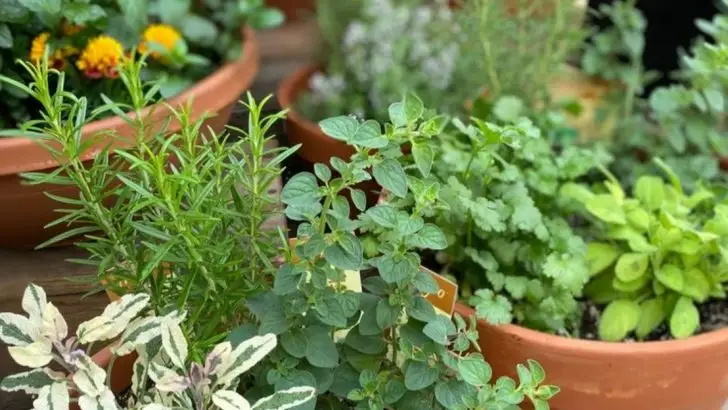Some plants bolt. Some fizzle. Some give up the second the sun gets serious. But your garden doesn’t have to tap out early. With the right moves—and the right crops—you can keep harvesting long after everyone else is done. We’re talking salads in September. Beans in October. Herbs so fresh they practically beg to be picked. The secret? A few clever planting tricks and four crops that don’t know how to quit. Plant smart now, and your garden will keep giving ’til the frost says stop.
Test Your Soil
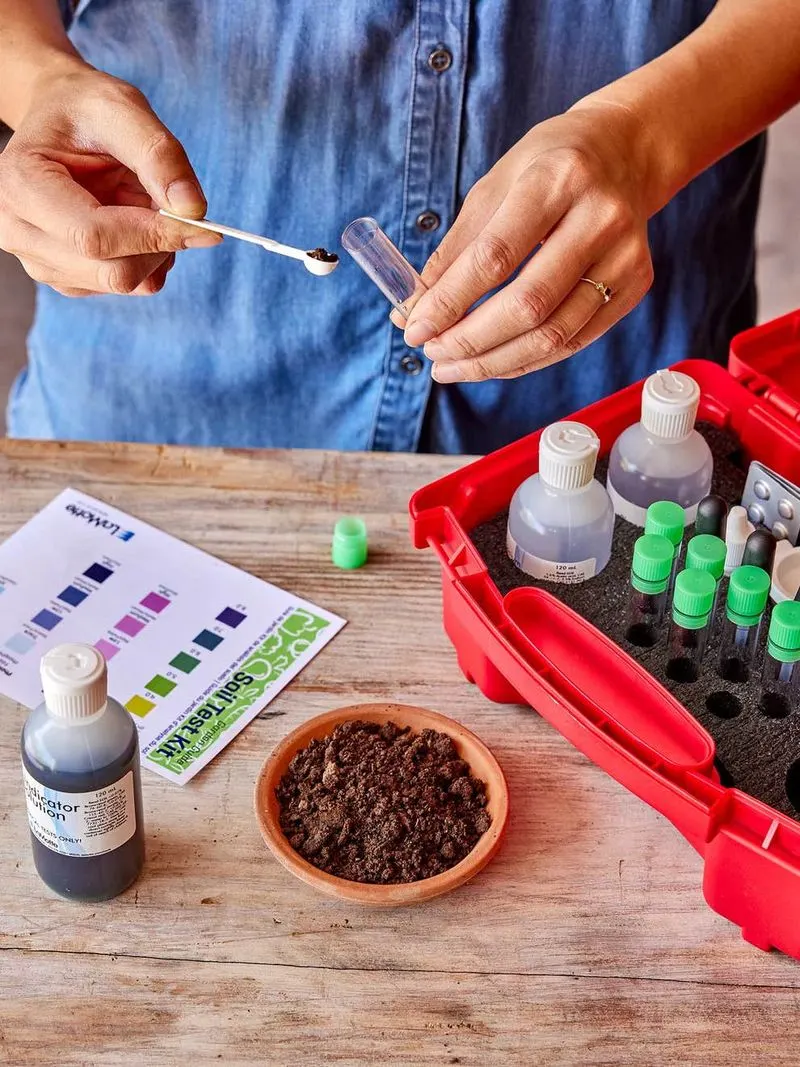
Understanding your soil is crucial to successful planting. A simple soil test can reveal nutrient levels and pH balance.
Different plants thrive in different soil conditions, so adjusting your soil accordingly ensures optimal growth. Adding organic matter, such as compost, can improve nutrient content.
Did you know? Some plants prefer acidic soil, while others thrive in alkaline environments. Tailoring your soil to your plants’ needs can significantly enhance your garden’s productivity.
Use Companion Planting
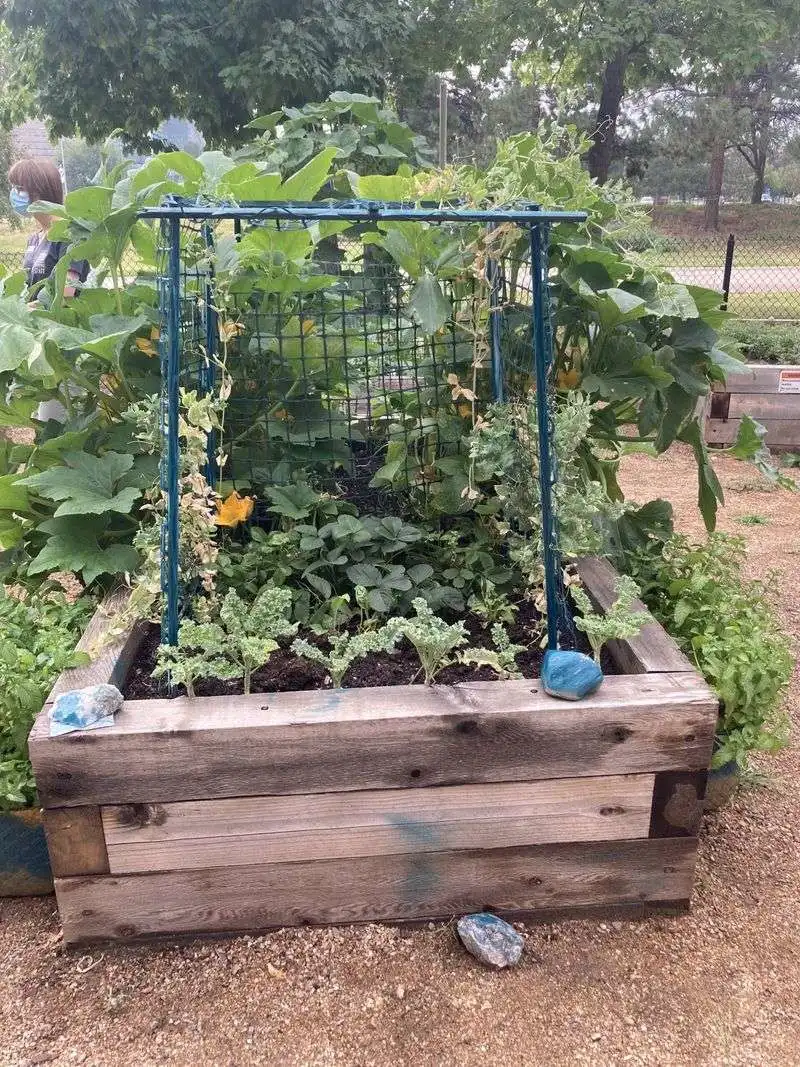
Planting certain crops together can deter pests and enhance growth. Companion planting is an age-old technique that maximizes garden efficiency.
For instance, planting basil near tomatoes can repel insects. Additionally, this method can improve flavors and yields.
Fun fact: Companion planting not only benefits plants but also attracts beneficial insects, like ladybugs, that naturally control pests.
Practice Crop Rotation
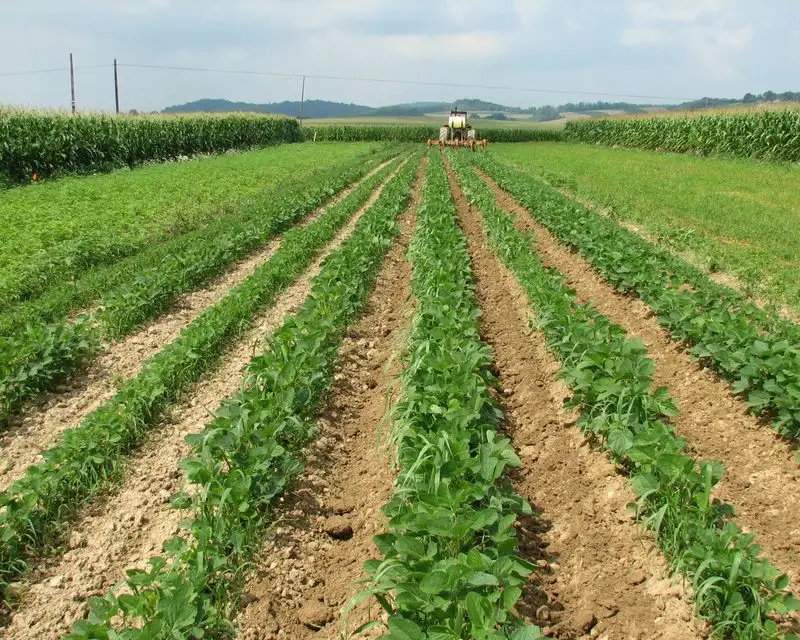
Crop rotation prevents soil depletion and reduces pest build-up. By changing the location of your crops each season, you maintain soil fertility.
Rotating crops also disrupts the lifecycle of soil-borne diseases. This method is particularly effective for vegetables.
Did you know? Crop rotation has been practiced for centuries and is a cornerstone of sustainable agriculture.
Mulch Your Garden
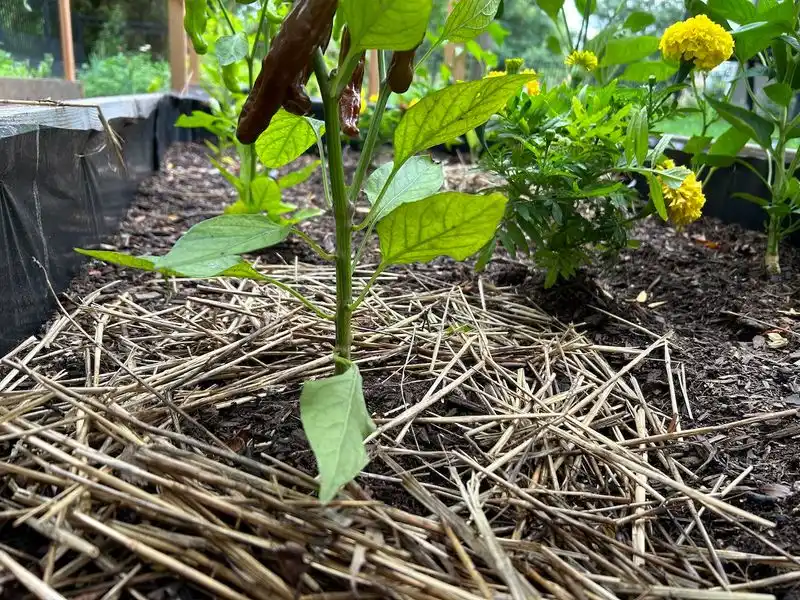
Mulching retains soil moisture and suppresses weeds. A layer of mulch acts as a protective barrier, reducing evaporation and stabilizing soil temperature.
It also enriches the soil as it decomposes. Straw, wood chips, or grass clippings make excellent mulch.
Fun fact: Mulching can lead to a 25% increase in crop yield due to its moisture-retaining properties.
Water Wisely and Efficiently
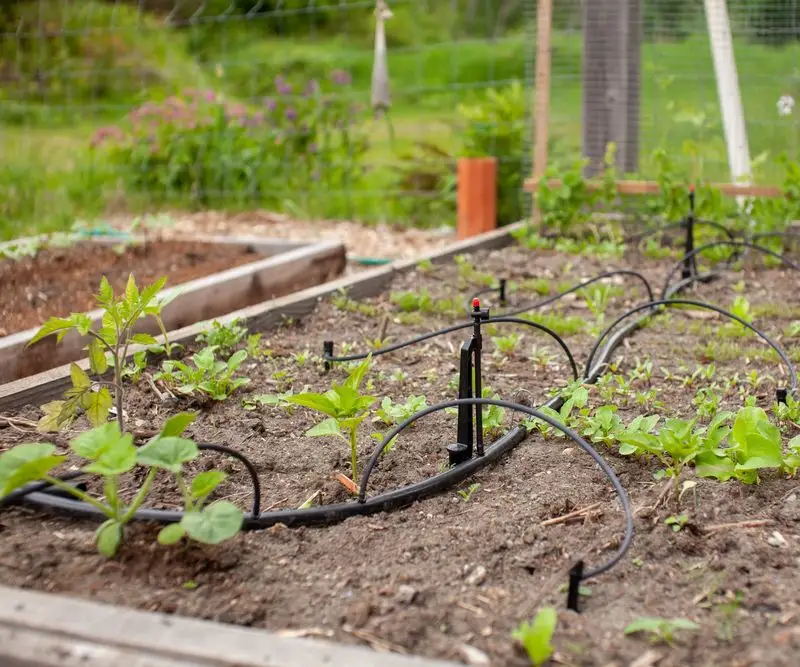
Efficient watering conserves resources and promotes plant health. Drip irrigation systems deliver water directly to the roots, minimizing waste.
Watering early in the morning reduces evaporation and fungal diseases.
Interesting tidbit: Overwatering is a common mistake that can lead to root rot. Always check soil moisture before watering.
Choose the Right Time to Plant
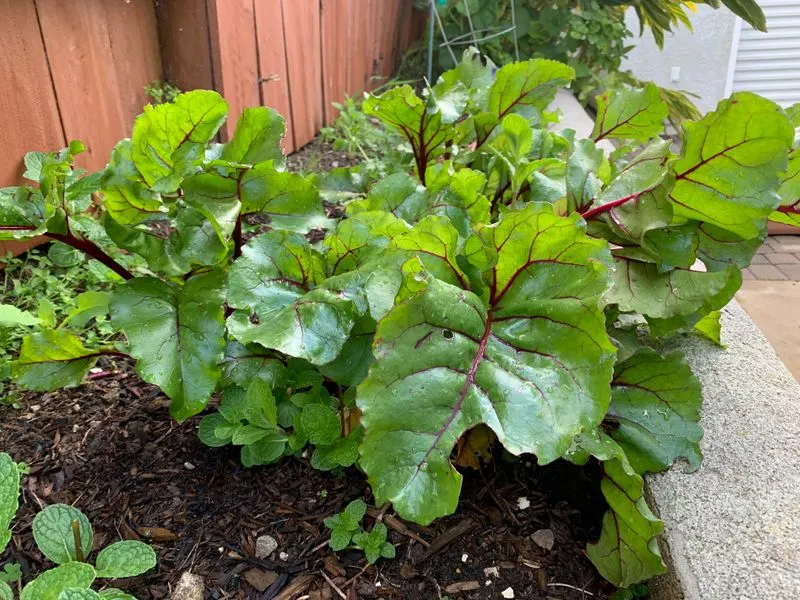
Planting at the right time ensures the best growth and yield. Consult local planting calendars to determine the ideal planting period for each crop.
Taking into account your region’s climate and frost dates is essential.
Did you know? Planting too early or late can result in poor germination and growth, affecting your entire harvest season.
Perennial Vegetables

Perennial vegetables like asparagus and rhubarb offer continuous harvests. Once established, they require less maintenance than annuals.
These crops return every year, providing a reliable food source.
Fun fact: Asparagus can produce for up to 20 years, making it a valuable addition to any garden.
Leafy Greens
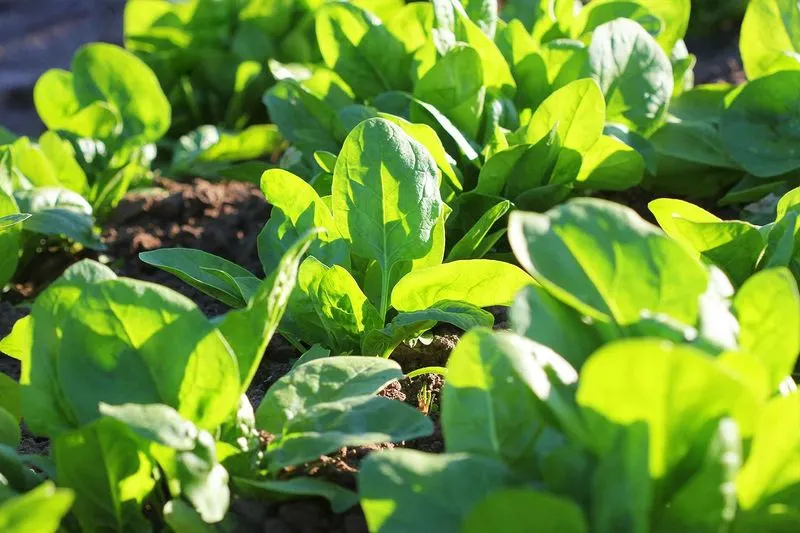
Leafy greens like kale and spinach can be harvested continuously. They regrow quickly after cutting, offering multiple harvests.
These vegetables thrive in cooler temperatures, extending their growing season.
Interesting fact: Kale is packed with nutrients and can even withstand light frost, enhancing its sweetness.
Herbs
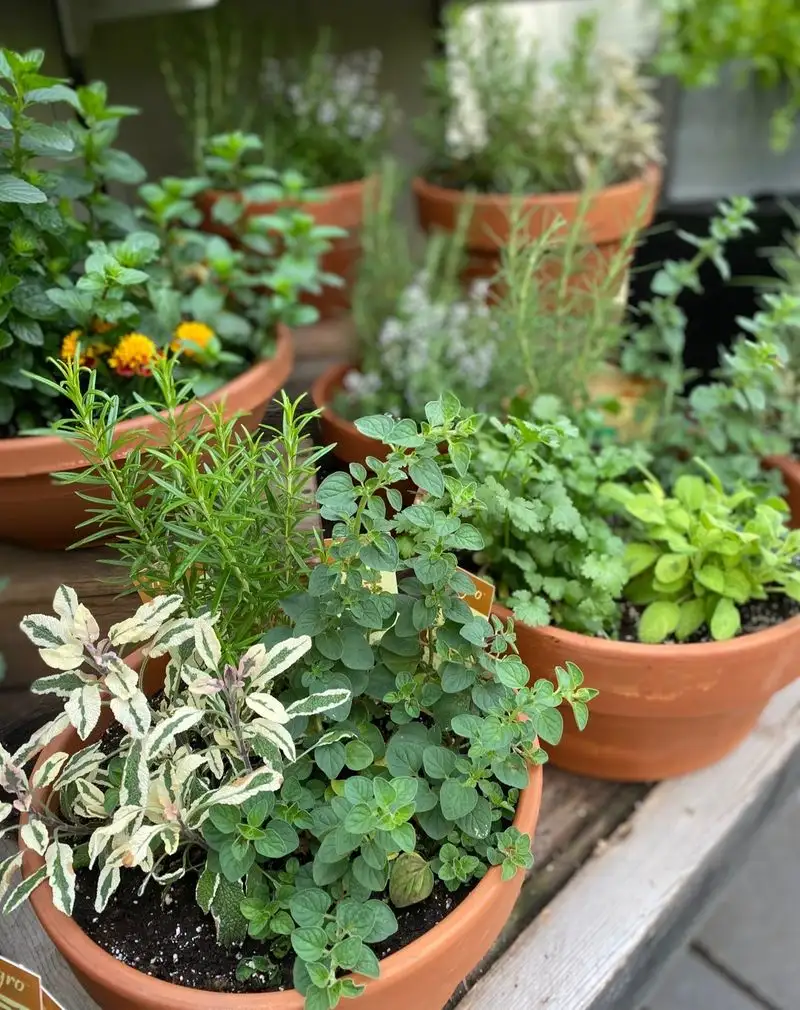
Herbs like basil and cilantro are perfect for extended harvests. Snipping regularly encourages new growth.
These plants can be grown indoors or outdoors, providing fresh flavors year-round.
Did you know? Cilantro is not only a culinary delight but also attracts beneficial insects to your garden.
Root Vegetables
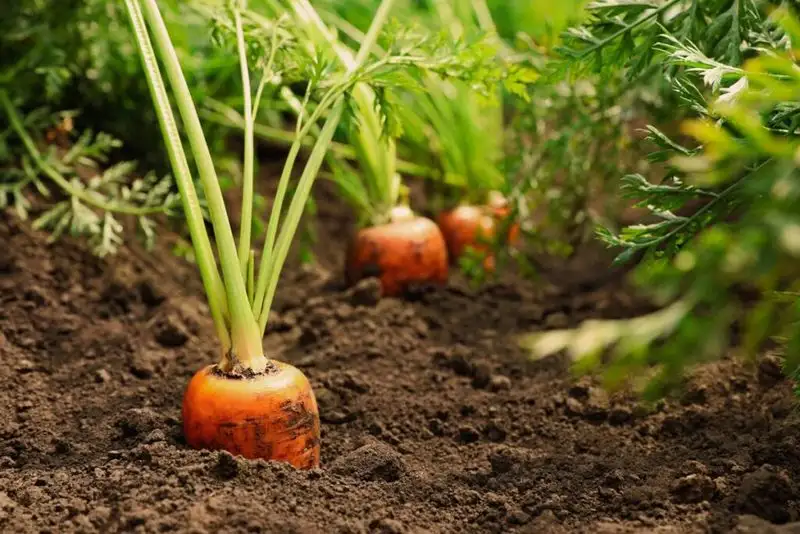
Root vegetables such as carrots and beets have long harvest windows. You can harvest them when small for tender roots or let them mature for robust flavors.
These crops store well, allowing for flexible harvesting times.
Fun tidbit: Beets were once used as a natural dye, thanks to their vibrant color.

